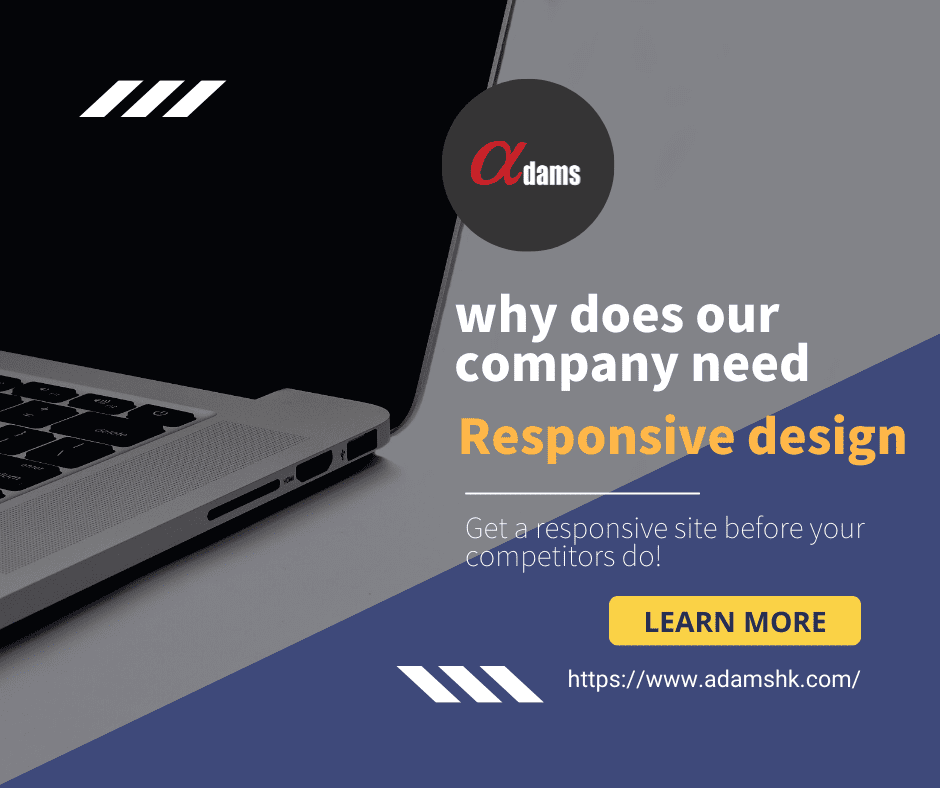More and more people are using mobile devices to access the internet, so it’s important that your website looks great on any device. Responsive design is a technique that allows websites to adapt to the screen size of the device being used to view them. This means that you don’t have to create separate websites for different devices; a responsive website will automatically adjust its layout to look great on any screen size. In this blog post, we will discuss what responsive design is and how it can improve the user experience on your website. We will also explore the benefits of responsive design and provide tips for creating a responsive website.
What is Responsive Design?
Responsive design is a technique that allows websites to adapt to the screen size of the device being used to view them. This means that you don’t have to create separate websites for different devices; a responsive website will automatically adjust its layout to look great on any screen size. Responsive design is achieved by using HTML, CSS and JavaScript to create a flexible grid-based layout that responds to the width of the browser window. Images and other media can also be made responsive so that they resize accordingly.
How Does Responsive Design Work?
Responsive design works by using a flexible grid layout that responds to the width of the browser window. The grid layout is created with HTML, CSS and JavaScript, and media such as images and videos can be made responsive too. When a visitor opens your website on a mobile device, the responsive design will automatically adjust the layout of the site to fit the screen size of the device. This means that they will be able to view your website clearly and without any resizing or scrolling.
The Benefits of Responsive Design
There are many benefits of responsive design, some of which are listed below:
- Improved user experience – as we have already mentioned, a responsive website will automatically adjust its layout to fit the screen size of the device being used, which means that visitors will have a clear and easy-to-use website.
- Increased traffic – as more and more people are using mobile devices to access the internet, having a responsive website is essential for reaching your target audience.
- Improved SEO – Google now favors responsive websites in its search engine results, so having a responsive design will help to improve your website’s ranking on Google.
- Improved conversion rates – research has shown that users are more likely to buy from a responsive website than from one that is not optimized for mobile devices.
Conclusion
Responsive design is a technique that allows websites to adapt to the screen size of the device being used to view them. This means that you don’t have to create separate websites for different devices; a responsive website will automatically adjust its layout to look great on any screen size. Responsive design is achieved by using HTML, CSS and JavaScript to create a flexible grid-based layout that responds to the width of the browser window. Images and other media can also be made responsive so that they resize accordingly.
